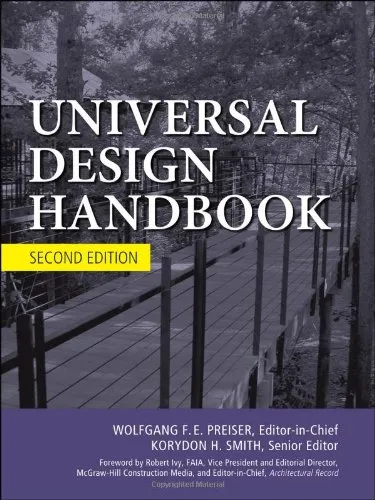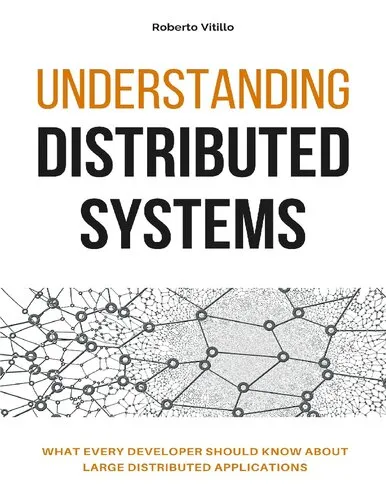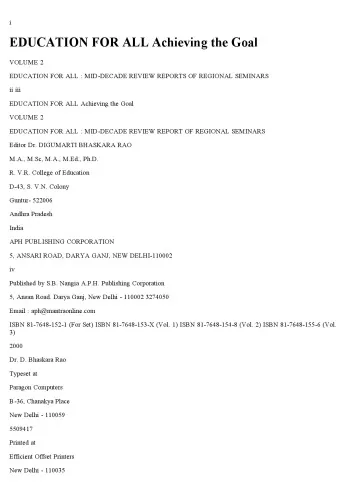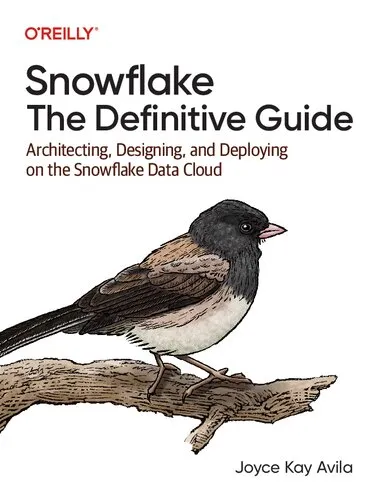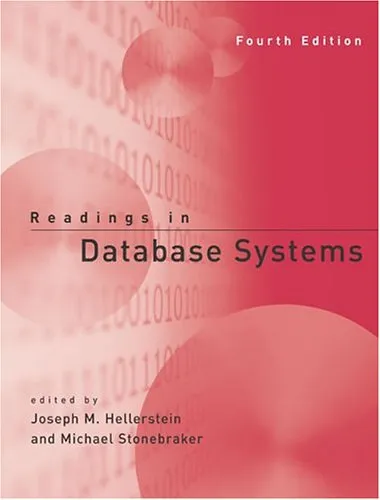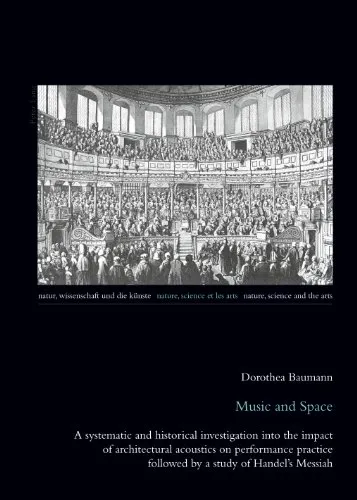Universal Design Handbook, 2nd Edition
4.5
Reviews from our users

You Can Ask your questions from this book's AI after Login
Each download or ask from book AI costs 2 points. To earn more free points, please visit the Points Guide Page and complete some valuable actions.Related Refrences:
Introduction to the Universal Design Handbook, 2nd Edition
The Universal Design Handbook, 2nd Edition, authored by Wolfgang F.E. Preiser and Korydon H. Smith, is an essential resource for students, professionals, and practitioners in architecture, design, and urban planning. This comprehensive guide explores the principles, applications, and evolving standards of universal design—a practice that emphasizes accessibility, inclusivity, and usability for individuals regardless of age, ability, or background.
Published with the clear intent to bridge design theory and real-world implementation, the book serves as a vital tool for creating equitable and effective environments. Whether you're designing a product, planning a building, or crafting a public space, the Universal Design Handbook enables you to make informed decisions that respect and accommodate diversity in human functioning. This second edition enriches its predecessor with updated insights, case studies, and global perspectives, positioning universal design as a cornerstone of ethical and sustainable design practices in the 21st century.
Summary of the Book
The Universal Design Handbook, 2nd Edition is structured to provide a deep understanding of universal design principles while offering actionable strategies to implement them across various fields. The book consists of expertly curated content, written by international leaders in design, engineering, and policy-making, ensuring a well-rounded and authoritative perspective.
The content begins by delving into the foundational principles of universal design: equitable use, flexibility in use, simple and intuitive operation, perceptible information, tolerance for error, low physical effort, and size and space for approach and use. These principles are explained through real-world examples that highlight their impact on accessibility and inclusivity.
Subsequent sections explore how universal design applies to an array of settings, including residential and commercial buildings, public infrastructure, healthcare facilities, and educational environments. The authors also address the growing role of technology in universal design, offering insight into how innovations like smart devices and adaptive systems can enhance inclusivity and functionality.
A significant portion of the book focuses on case studies. These examples showcase how universal design has been successfully implemented across the globe—fostering spaces and systems that are not only functional but also aesthetically pleasing. These case studies serve as an inspiration and reference for readers, providing a clear roadmap to overcome challenges and create innovative, inclusive solutions.
Key Takeaways
- Develop a deeper understanding of universal design principles and their application across diverse contexts.
- Learn how to analyze user needs and create designs that prioritize inclusivity and functionality.
- Gain insights from global case studies and explore practical solutions to common design challenges.
- Understand the ethical, social, and economic benefits of implementing universal design in both public and private projects.
- Discover how emerging technologies can be leveraged to create innovative and accessible designs.
Famous Quotes from the Book
The Universal Design Handbook, 2nd Edition is filled with thought-provoking insights and profound statements. Here are a few quotes that encapsulate the essence of the book:
"Universal design is not about one-size-fits-all solutions; it is about designing for flexibility, adaptability, and inclusivity."
"Designing with empathy ensures not just accessibility, but dignity for every user."
"An inclusive environment does not isolate or segregate; it enables individuals to thrive and participate fully."
Why This Book Matters
In a world that is increasingly aware of the need for equity and inclusion, the Universal Design Handbook, 2nd Edition is a game-changer. It not only provides essential knowledge but also advances the conversation about how our built environments can be more responsive to human diversity.
This book matters because it underscores the ethical responsibility of designers, architects, and policymakers to create environments that promote dignity, respect, and independence. It highlights the social, economic, and environmental impacts of universal design, positioning it as a sustainable approach with long-term benefits.
Universal design is at the intersection of functionality and humanity, and this handbook captures that spirit. It empowers readers to challenge traditional design practices, think innovatively, and create solutions that enrich the lives of everyone.
Ultimately, the Universal Design Handbook, 2nd Edition is more than a manual—it's a call to action. Its insights and frameworks guide us toward a more inclusive and equitable world, where everyone can participate fully, without barriers or limitations.
Free Direct Download
You Can Download this book after Login
Accessing books through legal platforms and public libraries not only supports the rights of authors and publishers but also contributes to the sustainability of reading culture. Before downloading, please take a moment to consider these options.
Find this book on other platforms:
WorldCat helps you find books in libraries worldwide.
See ratings, reviews, and discussions on Goodreads.
Find and buy rare or used books on AbeBooks.
1412
بازدید4.5
امتیاز0
نظر98%
رضایتReviews:
4.5
Based on 0 users review
Questions & Answers
Ask questions about this book or help others by answering
No questions yet. Be the first to ask!
